By Murtaza Ali
Featured in IMDb Critic Reviews
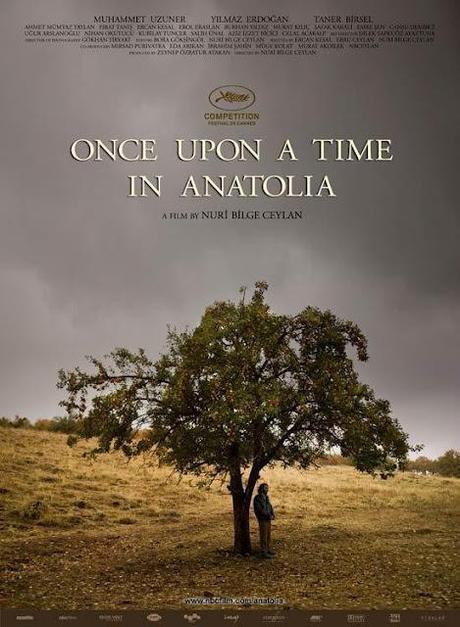
Once Upon a Time in Anatolia is an award winning motion picture directed by Turkish movie maker Nuri Bilge Ceylan. Once Upon a Time in Anatolia is essentially a Police Procedural that also serves to highlight the complexities associated with the Human Psyche.Once Upon a Time in Anatolia serves to be a case study on how humans behave, especially when made to step out of the comfort zone. The world of cinema today finds itself at the crossroads. In a bid to satiate the ever growing demands of the money mongering business moguls the creative aspects of cinema are often forced to take a back seat. The commercialization is not new to cinema, and is something that cannot be done away with. After all, everyone has the right to eke out a living. However, what is worrying is that the business sharks that rule the movie arena merely treat cinema as a money making instrument. This naked opportunism is not only undermining the efforts of the great visionaries of cinema like D. W. Griffith, Cecil B. DeMille,Yasujiro Ozu, Dadasaheb Phalke,Sergei Eisenstein, Charles Chaplin, and Fritz Lang, who had nurtured cinema with their blood and sweat, but is also posing a great treat to its evolution as an Art form. Over the years, cinema has been undergoing a continuous transformation from being a mere medium of indulgence to being a profound means of self-realization to being a tool to generate the moolah, but in the process it has seemed to lost its golden glory. A majority of attempts to rekindle the dying spirit of Cinema are curbed ruthlessly by the juggernaut of commercialization, but when a valiant effort does succeed in subverting the paradigm, it gives rise to parallel streams in cinema. Amidst the pervasive darkness there are only a handful of creative minds, who are still devoted to fulfilling the true purpose of cinema, not only as an Art form, but also as a great source of enlightenment for the masses. These apostles, who have become the raison d’ĂŞtre for cinema’s purposeful existence, are contemporary cinema’s only hope to fulfill its promise as an Art form.
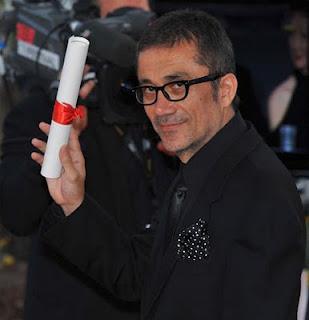
Nuri Bilge Ceylan at Cannes Film Festival
With the Japanese, Swedish, Italian, and Russian Cinema having lost their true vigor, and the Anglo-American Cinema already on the verge of no return, the onus truly lies with the Iranian, Korean, Argentine, and Turkish Cinema to be the beacon of cinema’s hope of survival as an Art form. Iranian Cinema has seen emergence of auteurs like Abbas Kiarostami, Bahman Ghobadi, and Majid Majidi. Korean auteur Chan-wook Park has delighted the world with his first-rate works like ‘Oldboy’. Argentina has produced auteurs like the late Fabian Bielinsky, ubiquitously renowned for his two motion pictures, 'Nine Queens' and 'The Aura', and Juan JosĂŠ Campanella, whose ‘The Secret in Their Eyes’ won the 2009 Oscar for the Best Foreign Picture. As far as the contemporary Turkish Cinema is concerned, it’s synonymous with the name of one Nuri Bilge Ceylan. Ceylan, undoubtedly, is one of the greatest movie makers of our time, and his singularly evocative style not only makes his work poignant and thought-provoking, but, I dare say, also puts him in the same league as Kurosawa and Tarkovsky.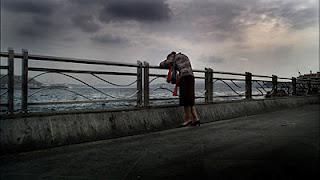
A Still from Ceylan's Three Monkeys
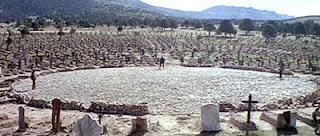
A Still from Leone's The Good, the Bad and the Ugly
Ceylan delivered a punch with his stunning family tragedy ‘Three Monkeys’ in 2008. He incredibly manages an encore with his latest flick, the brutal yet brilliant, Once Upon a Time in Anatolia. The less one says about Once Upon a Time in Anatolia the better it is, for its true delight lies in viewing, and hence any more elaboration than what is needed would turn out to be extremely futile. Once Upon a Time in Anatolia is Ceylan’s finest achievement till date, and has already earned him some fine accolades including the coveted Grand Prix at Cannes. The two ‘Once Upon a Time’ movies by Sergio Leone were indeed masterpieces and this is no less, at least one in the making that is expected to withstand the test of the time. Just like with Leone, Ceylan’s camera does all the talking with the dialogue itself taking the back seat. Even in its subsidiary role, the dialogue never loses its weight and packs the punch whenever the need arises. The laconicism in dialogue is well substituted by the cinematographic detail, which forms the backbone of Ceylan’s work. The panoramic shots of the Anatolian Steppes are highly reminiscent of Leone’s widescreen cinematography in the ‘Dollars Trilogy’. The latent wilderness of the Anatolian Steppes is greatly analogous to the secrets that lay hidden in the hearts of the deeply convoluted characters. The deliberate pace of Once Upon a Time in Anatolia adds a great detail to the plot, and also paves the way for character development that is seldom seen in modern-day cinema. Once Upon a Time in Anatolia is a fine concoction of Crime, Suspense, and Drama that offers a deep insight into the human emotions.The movie also offers a great insight into the complex procedure adopted by the police to solve murder cases, and the role of autopsy in estimating the actual cause of death.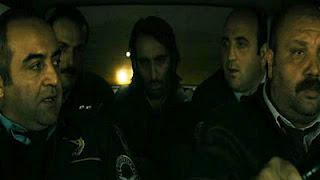
A Still from Once Upon a Time in Anatolia
Once Upon a Time in Anatolia acquaints the viewer with the dark side of human psyche. The stark beauty symbolizes the pain—that the characters have experienced right through their lives—which has robbed their inner peace and beauty, and has made them ugly and brutal. The murder mystery that lies at the very core of the plot is just one small part of a highly complex puzzle that has much more to it than meets the eye. The plot allows each character’s caricature to have multiple layers, a facet that adds great depth to the movie, and makes second viewing absolutely essential. The Driver, the Police Commissioner, the Prosecutor, the Accused, and the Doctor, who at first come across as run-of-the-mill characters of the quotidian, are in actuality bearers of deeply eccentric personas, victimized by the vicissitudes of fate, stuck in the middle of nowhere, waiting desperately for their eventual doom.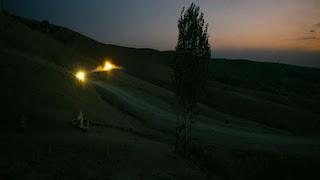
The Enchanting Anatolian Vistas in the Night
One very unique feature of the movie is the striking yet consistent difference that exists between what the characters try to project, and what actually is going inside their diabolical minds, something that only the viewer is made aware of, but not always. The night scenes in the first half of the movie are absolutely astonishing to watch. The cavalcade of cars moving ahead in the pitch black darkness, made visible by the projection of their head lights, is symbolic of hope amidst abject distress when everything is lost and there’s is no place to run or hide.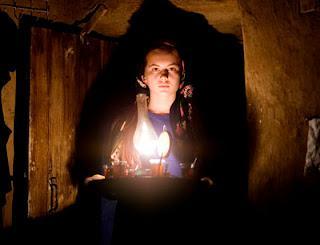
An Angel in the Dark
The scene that’s my absolute favorite, and that each and every time leaves me completely speechless and awestruck, is the one in which the Mayor’s seraphic daughter serves tea to the guests with her pristine, entrancing beauty stimulating a sense of delirium not only in minds of the guests, but also in minds of the viewers. Her piety and pulchritude is incorruptible to such an extent that it has the power to purge the evil that resides in others. The divine glow of her angelic face under the lamp light is worth the luminosity of a million stars in the Universe.Overall, Once Upon a Time in Anatolia is a fine specimen of movie-making that elevates contemporary cinema to new heights, both as an Art form as well as a medium of entertainment. The movie’s multilayered plot and complex characters make second and probably a third viewing absolutely essential for a deeper and clearer understanding. 9/10
PS. In order to get a deeper insight into the movie please do checkout the review by renowned movie critic Jugu Abraham.
Readers, please feel free to share your opinion by leaving your comments. As always your feedback is highly appreciated! For more information on the title, please click on the following links:IMDb
Wikipedia
Once Upon a Time in Anatolia Trailer
...
Previous Review: Midnight in Paris (2011)Next Review: The Prestige (2006)
